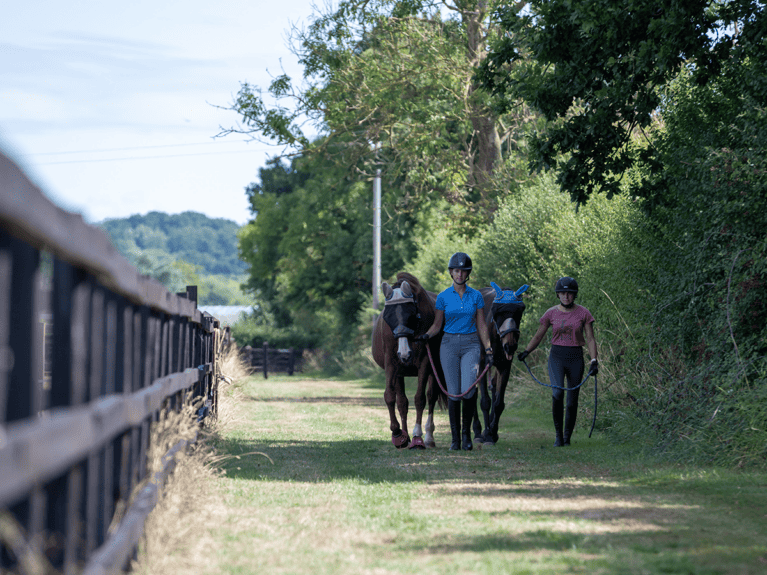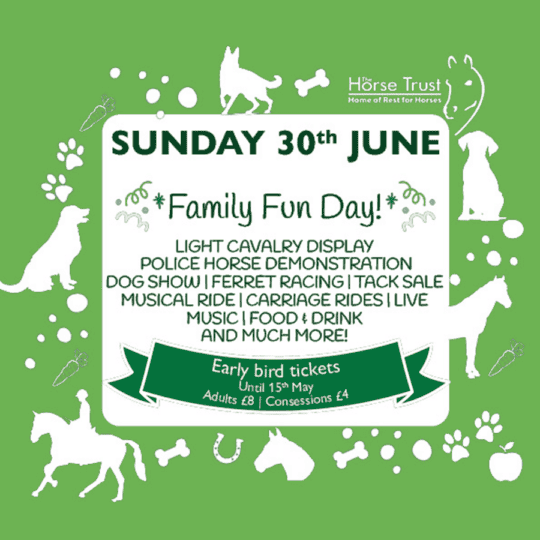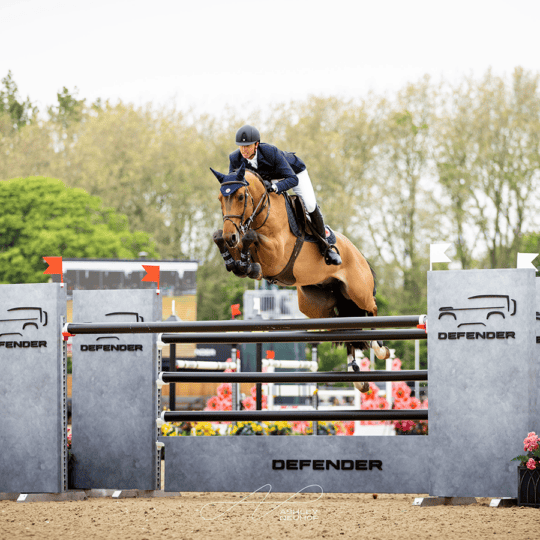If you’re thinking about setting up a track system for your horses’ turnout, it pays to first consider how it will work for you in practice

Track systems are gaining in popularity as an effective way of not only managing land, but also controlling your horse’s food intake, while maximising his movement potential during turnout time.
Essentially forming a grazing track running around or across your land, it’s a system that’s relatively easy and not too costly to set up using electric fencing. Nevertheless, your track will require a little forethought to ensure it will meet your horses’ needs and be practical for you to use.
As with any horse-management systems, there are definite pros and cons to using tracks, and how important each of these is to you will depend largely on your individual circumstances.
The cases for and against track systems
Pros
Track systems can…
- encourage movement
- help restrict grass intake if necessary and allow for more control over feeding
- provide mental and physical stimulation
- be used on land that might not otherwise be suitable for turnout, e.g. woodland
- help maintain optimum weight especially in horses prone to obesity or laminitis
- have flexibility built into the design for ease of horse and field maintenance
- benefit barefoot horses by encouraging natural hoof wear
- be an effective and more natural alternative to strip grazing
Cons
Track systems…
- often rely heavily on provided feed and hay (which brings extra cost)
- can be time consuming to poo-pick, although access gates along the track can help reduce distances walked
- may result in areas becoming excessively worn and/or muddy if not surfaced
- require initial financial outlay and fence maintenance thereafter
- can be unattractive in appearance compared with paddocks
- may lead to horses breaking through fencing to access the grassy central areas
- can make it more difficult to quickly check on horses visually if tracks are long
- may mean horses have greatly reduced or no access to fresh forage such as grass
Ultimately, how you use a track system comes down to your personal preferences and the way in which you find it works in practice. If you hit a glitch, it’s usually a problem that can be solved with a little lateral thinking, or you may find you want to make changes over time as you become more accustomed to using a track.
Either way, it’s important to think of your track as something that’s flexible and adaptable that you can adjust or redesign according to your needs at any given time. By taking this approach, as you move away from a traditional form of grazing management, you can make a track system a turnout method that functions successfully both for you and your horses for years to come.
Did you know?
Your horse may not need such a heavy rug in winter, as he will be moving around more, which will help him to keep warm naturally.













